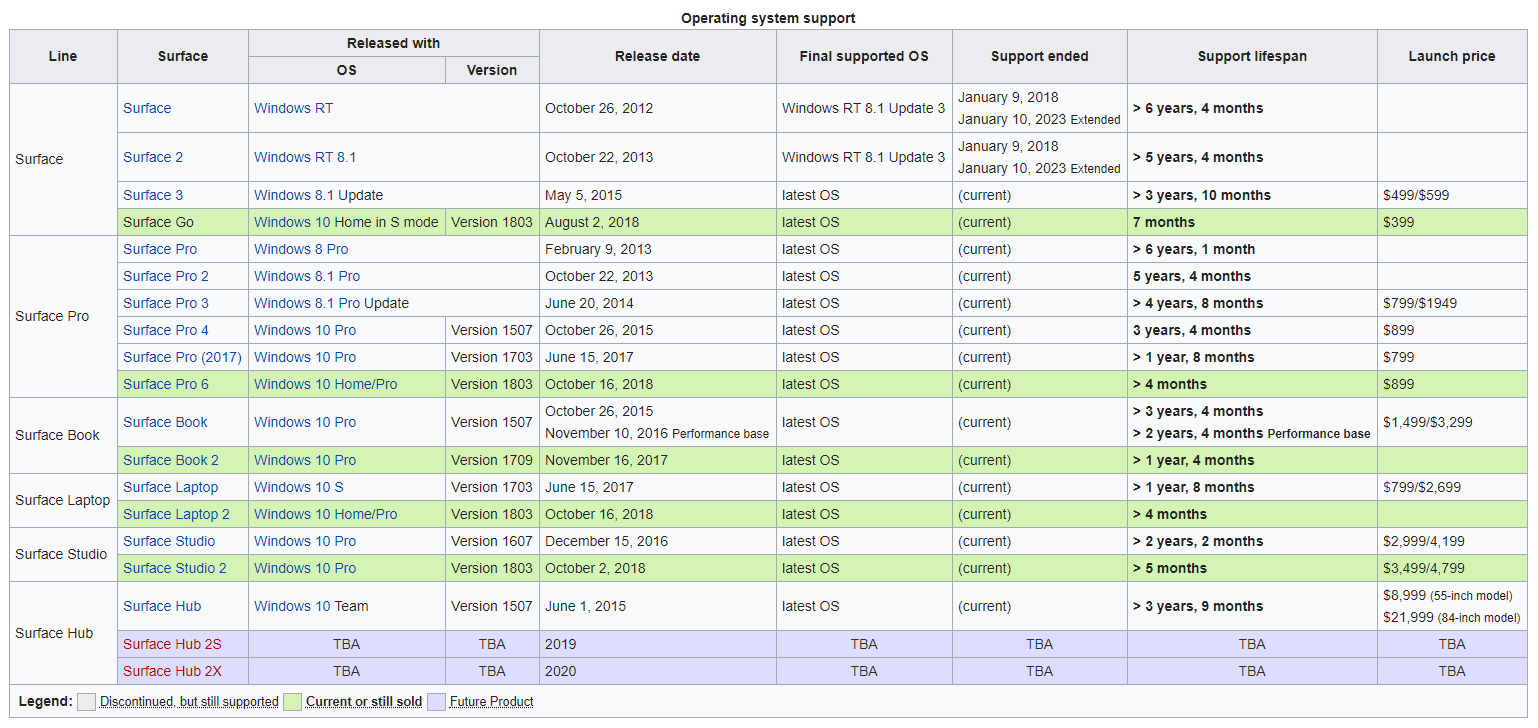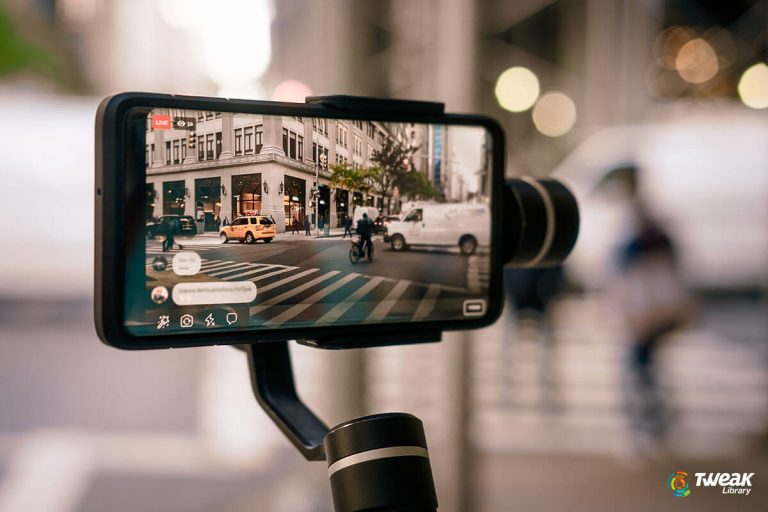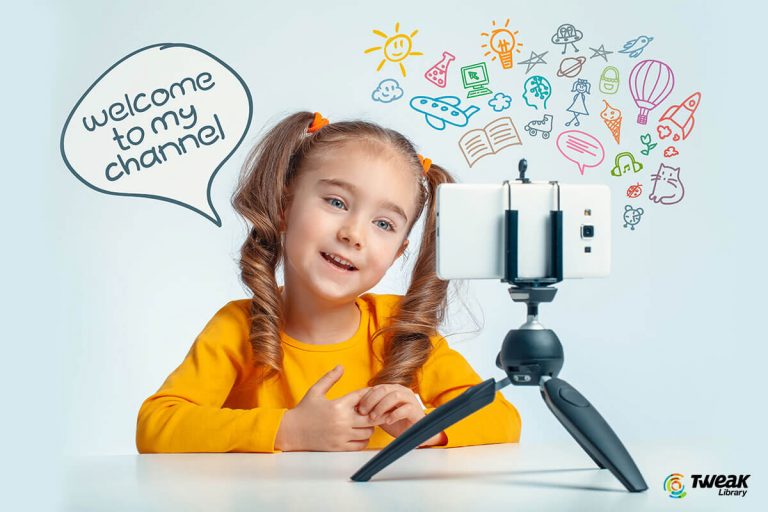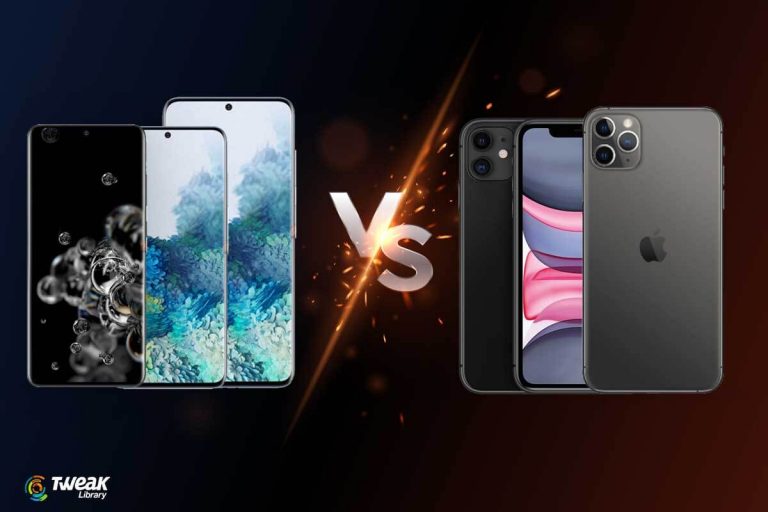Ever wondered if Microsoft Surface is a Tablet or a PC? Yes, this has always been a point of discussion on Tech forums. Microsoft came up with this wonderful creation in the year 2012 with Windows RT 8.1 OS and gradually it came up the ladder with various versions and upgrades. Surface was Microsoft’s first ever initiative to bundle up Windows OS with their own Hardware and sold solely by Microsoft. The second line of surface was launched with Win 8 Pro on Intel architecture with a tag of Surface Pro. It was launched with 32 GB, 64 GB and 128 GB storage although 32 GB couldn’t grab people’s demand due to its less storage capabilities and got out of the league.
As it was in the segment of a hybrid laptop and the pricing got deep holes in pocket, it was out of a common user’s reach. Later Microsoft announced the ‘Surface Go’, a $400 Surface tablet with a 10” screen and 64 or 128 GB of storage. This was launched in Surface Tablet segment to keep the product’s presence in market. Microsoft also joined hands with Accenture, Avanade, Dell Inc., and HP to enable more consumers to experience Win 10. Below list will put more light on the latest and older versions of Microsoft Surface series.
Let’s learn more about Hardware / Software and main features of Microsoft Surface series.
Surface Hardware
Screen
It was initially launched with 10.6” screen later got advanced to 10.8” and now 12.3” with multi touch technology and scratch resistance Gorilla Glass. Surface third generation and above devices are equipped with an Active Pen feature. It has inherent ambient light sensor to regulate screen brightness with a 3-axis accelerometer for landscape and portrait orientation rotating 360 degrees. It comes with 5 Megapixels on screen camera with superior picture quality.

Processor
First generation Surface tablets initially came with Quad-Core Nvidia Tegra 3 processor on ARM Architecture which was opposed by Intel x64 Architecture and hence was launched with Windows RT. Later it was upgraded with Intel x64 Architecture and Surface Pro line which was able to run most of the software created for MS Windows. Recently Surface Pro 3 added Haswell Core i3, i5 and i7 variants.
Storage
Surface was initially launched with 32, 64, 128 GB and later was advanced with 256, 512 GB and 1 TB storage. With the launch of third generation series, it dropped 32 GB storage as an option. It also runs with non-replaceable / upgradable RAM between 2 to 32 GB connected with Motherboard.
External Ports

It is loaded with multiple ports for ease of comfort including full-size USB port, Mini Display Port (or a micro-HDMI port on older models), a micro-USB charging port or a magnetic charging port, and a 3.5 mm headphone cum microphone jack. It also comes with a bunch of accessories and a Cover Port connected at the bottom which is similar in all the versions. With Surface Pro 3, Microsoft introduced a fin-style connector named ‘Surface Connect’ to power the device.
Cellular Connectivity
Where all the Surface devices comes with Wi-Fi only port, few are also launched with Cellular connectivity port enabled for data connectivity only and are restricted with circuit-switched voice calls and text messages. The cellular enabled devices are launched with a Micro-SIM slot located at the bottom of the device.
Software & Apps
Surface was initially launched with Windows RT and later got upgraded to Windows 8 / 8.1 to Windows 10 operating system. The only restraint was with devices running on ARM processors which were restricted to upgrade to Windows 10 operating system. Surface Pro 4 and later versions support Windows Hello facial biometric authentication using its camera and IR sensor. If you are using Surface Pro 3, You can also utilize Surface Pro 4 Type Cover with Fingerprint ID sensor to gain access on Windows Hello support.
Tablet Mode

Windows 10 interface is preloaded with two modes: Surface Desktop Mode & Surface Tablet Mode. The functionality is built to use Desktop Mode if the keyboard is connected and to use Surface Tablet Mode when its detached. When Tablet Mode is active, the start menu along with the apps goes widescreen. All running applications and quick task Icons disappear from the bottom leaving a back button behind. swiping from all four directions gives different view options to exit the app, open Task view or Action Center.
Apps
There are hundreds of Apps available with Windows 10 series. Primarily it comes with Microsoft Edge, Calendar, Mail, People, Camera, Xbox app, Voice Recorder, OneNote, Photos, Phone Companion, Scan, Alarms & Clock, Calculator, and Microsoft Store. It also includes other apps like Maps, Groove Music, Movies & TV, Solitaire pack and few MSN apps like News, MSN Money, Sports and Weather.
OneNote app is the primary app preloaded on Surface devices for handwritten notes. Converting handwriting to text in Windows 10 is not a hard-hitting task as it comes with an advanced feature of text input panel integrated with handwriting recognition to convert handwritten notes into text automatically.
Surface devices are also loaded with an incredible feature on Microsoft Edge browser named as inking function to incorporate addition of handwritten comments straight on website pages.
Microsoft has enforced its Office Suite application for Surface tablets and Surface series running with Windows 10. The functionality implies on devices which exceeds 10 inches of screen size. As a regulation, the application requires an Office 365 subscription to write or edit documents, though it’s not mandatory for viewing and printing them.
All Surface devices comes with an internal speaker & microphone which are integrated for the Cortana personal assistant feature added on devices running with Windows 10.
Drawboard PDF and Sketchable are few sourced apps that have been costumed with pen and touch interface on Surface devices.
Surface Series

Image Source: Microsoft.com
Microsoft launched various versions and series of Surface which can be categorized in below models.
Surface Book
Microsoft released Surface Book in year 2015 to officially launch a device in Laptop category instead of Surface Tablet. It is equipped with a mechanically attached detachable keyboard with a teardrop design. This detachable keyboard is integrated with discrete graphic adapter to automatically switch to the integrated graphics in the tablet unit once the keyboard is detached.
Microsoft added an additional feature for performance booster in October 2016 with upgraded processor and a longer battery life. Later with second generation Surface Book 2, an upgraded version with ceramic hinge was launched for stability, and lightest weight even with a 15” model.
Surface Laptop
Later in year 2017, Microsoft launched a lighter version of Surface Laptops with a non-detachable keyboard and the thinnest of its kind touch-enabled LCD panel. The non-detachable keyboard was released in 4 colors with the same fabric of Surface tablets. It was launched with its newly released version of Windows 10 S OS enabling users to experience faster boot process and download applications directly from the browser rather than Microsoft App Store. This switch to Win 10 is available free for users.
Surface Studio
Microsoft announced another masterpiece in October 2017 and named it Surface Studio. This all-in-one desktop PC with the thinnest LCD ever and foldable screen attached with a compact base which includes a surround sound system and processing unit. This device was launched with Anniversary update of Windows 10 ready to use.
Surface Hub

Image Source: blogs.windows.com
Microsoft came up with a new device in Surface family and named it Surface Hub. It was launched in January 2015. An 84” screen, with 4K or 55” 1080p multi-touch screen, 120 Hz, multi-pen, all-in-one wall-mounting device got eye catchy looks, aimed for collaboration and video conferencing use of businesses. This device was also launched with different versions of Win 10 OS.
If you are looking for a smart PC experience which is lighter in weight and gives you ease of comfort in PC handling, you should try Microsoft Surface series though you need to have deep pockets for this experience. If you are only looking to have a Tablet, it’s recommended to compare it with Apple iPad series and other Android devices available in market. We would be coming soon with another article comparing best in class tablets with smarter and analytical research.







Leave a Reply